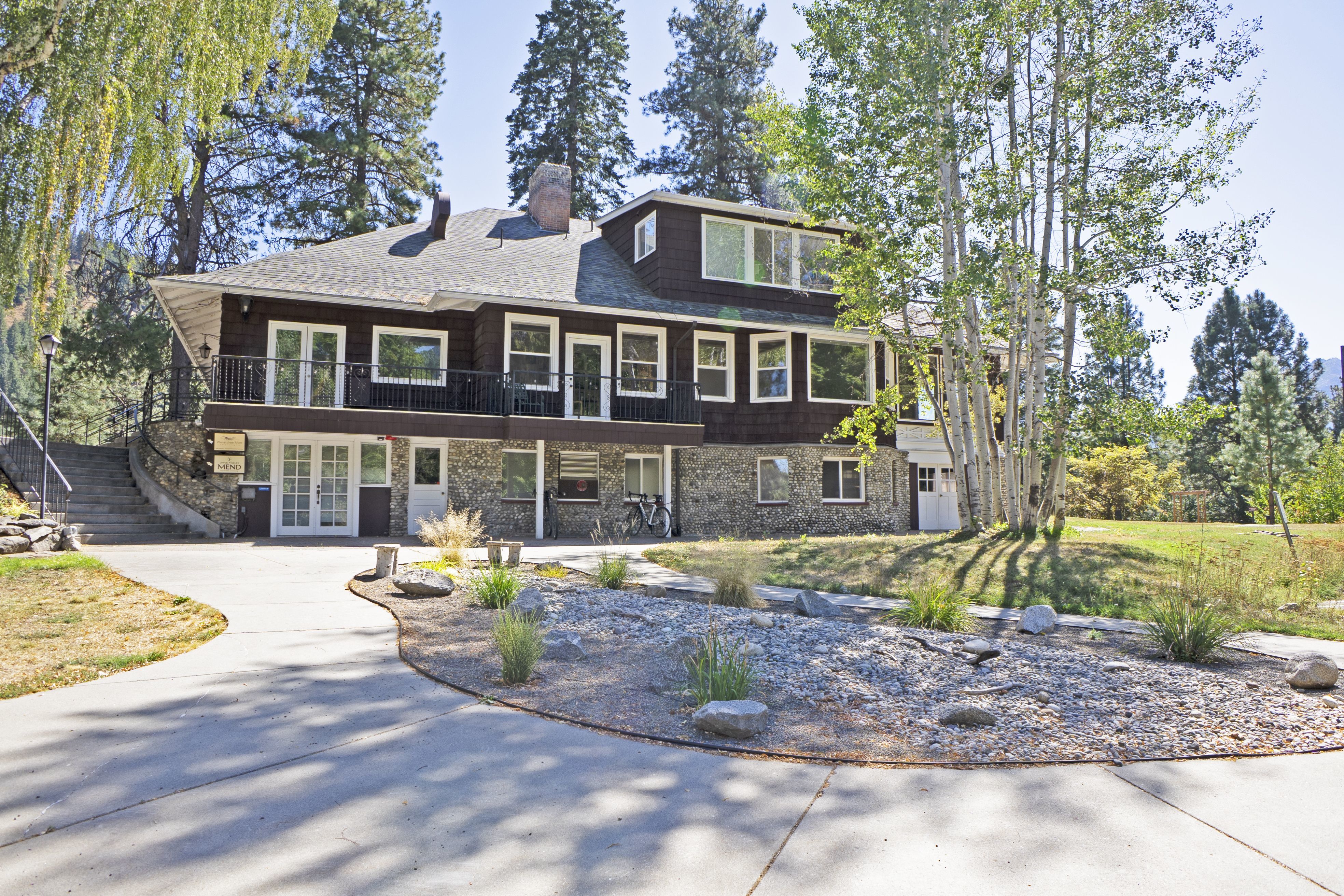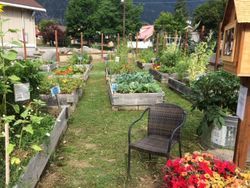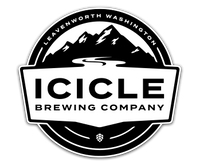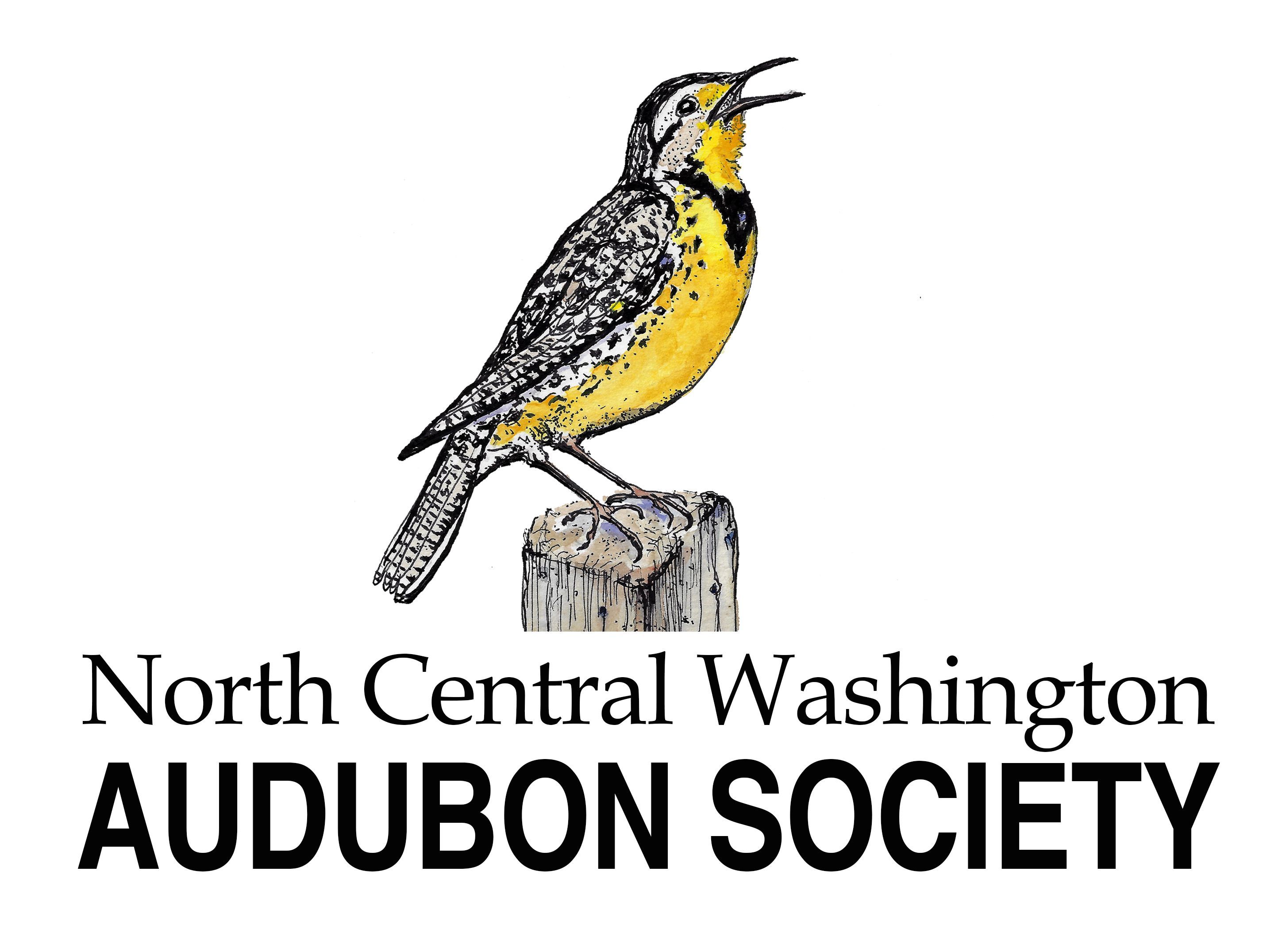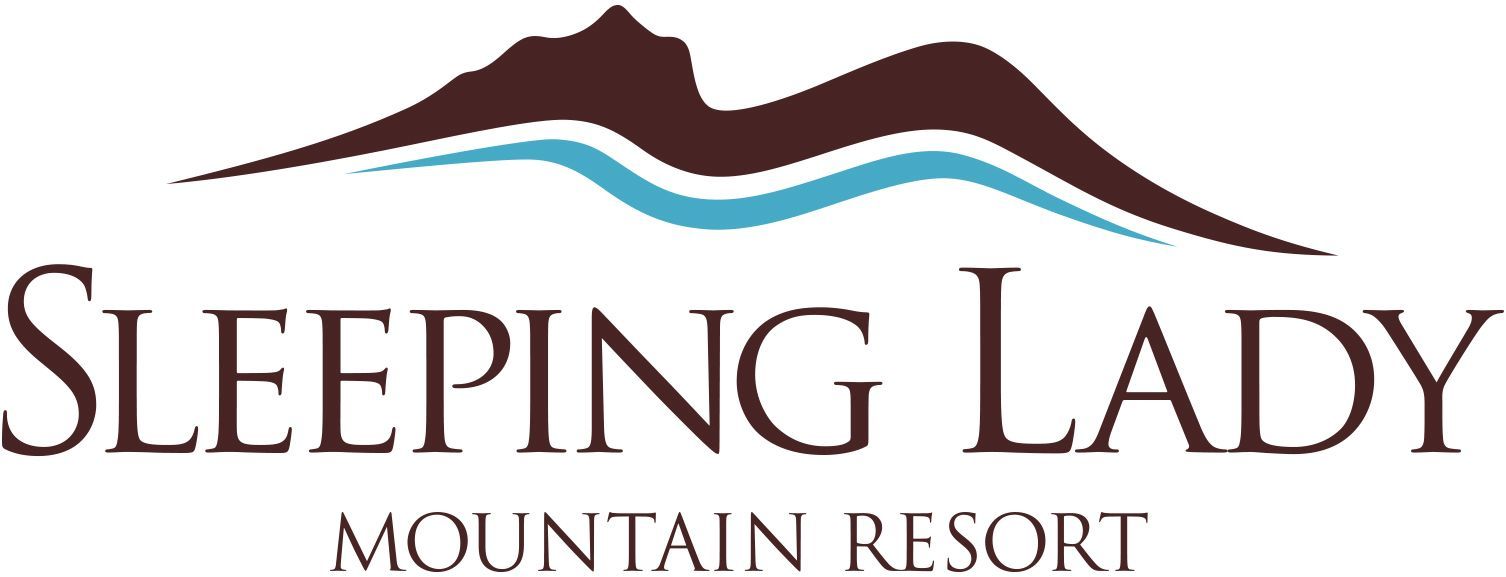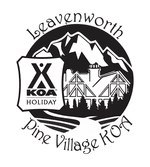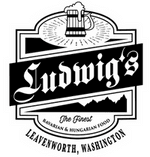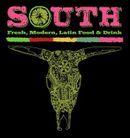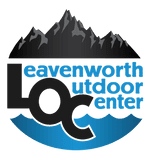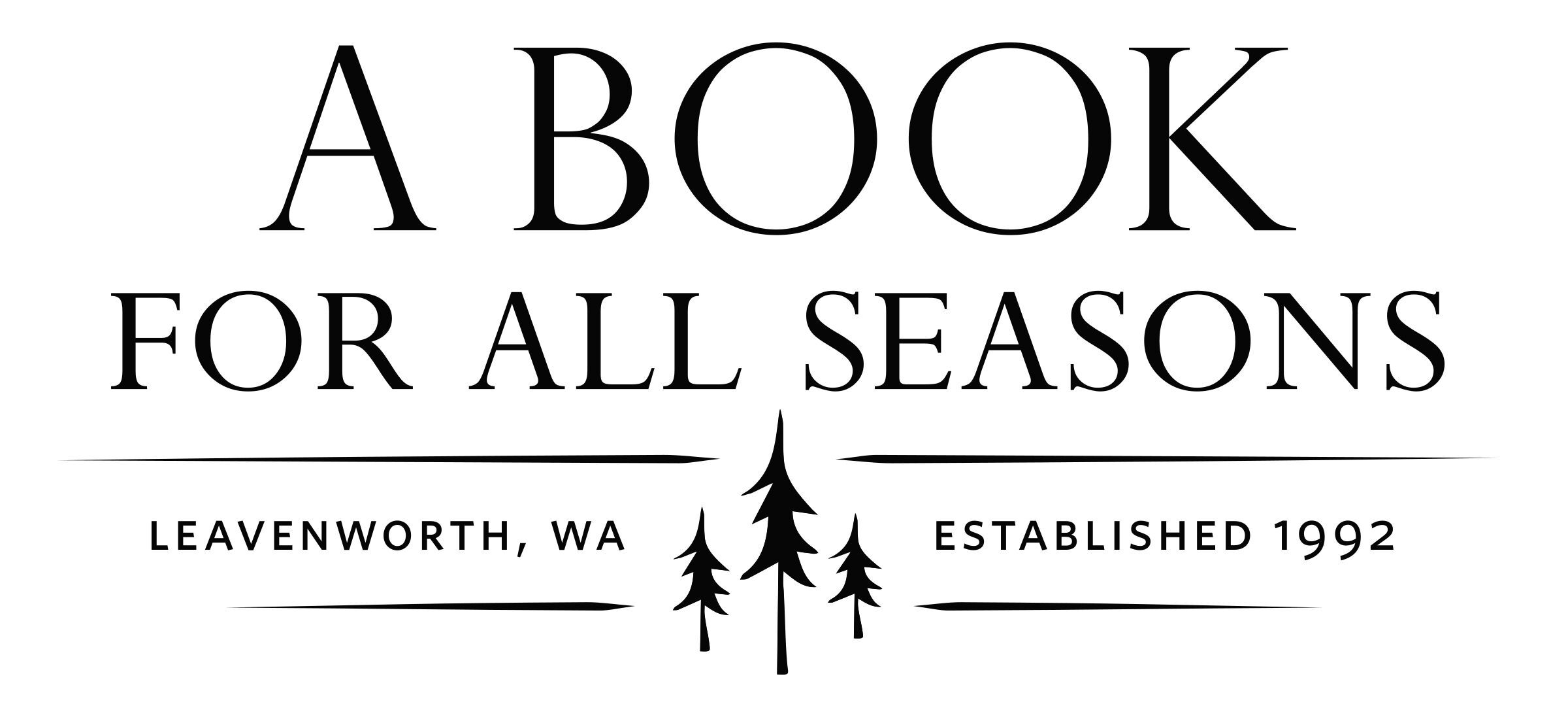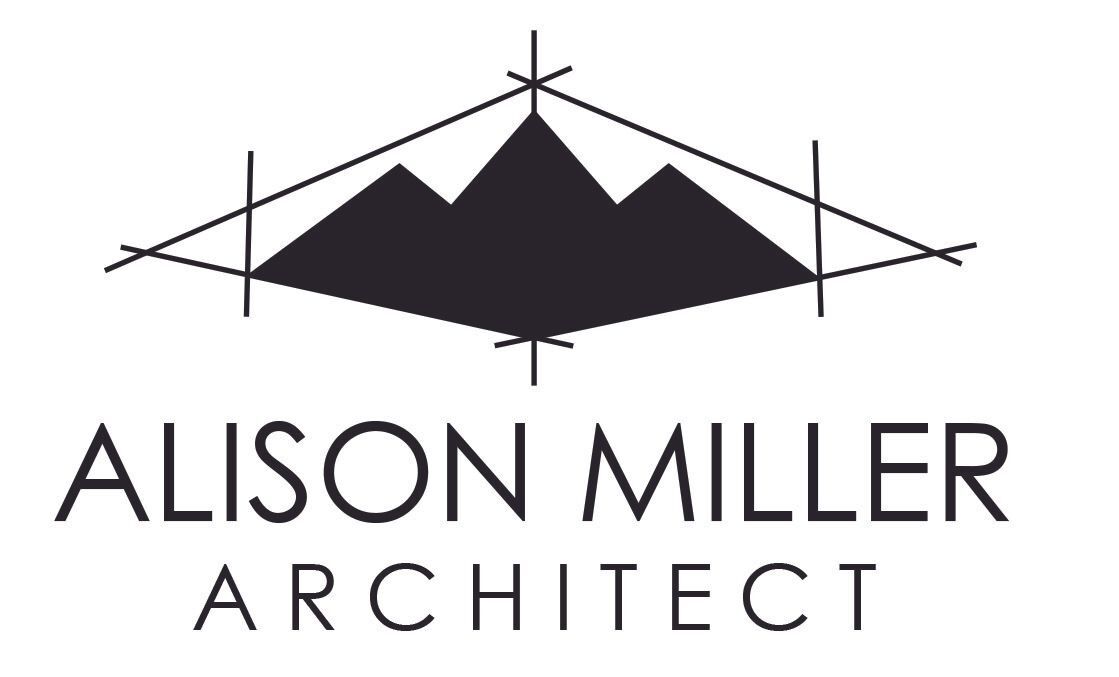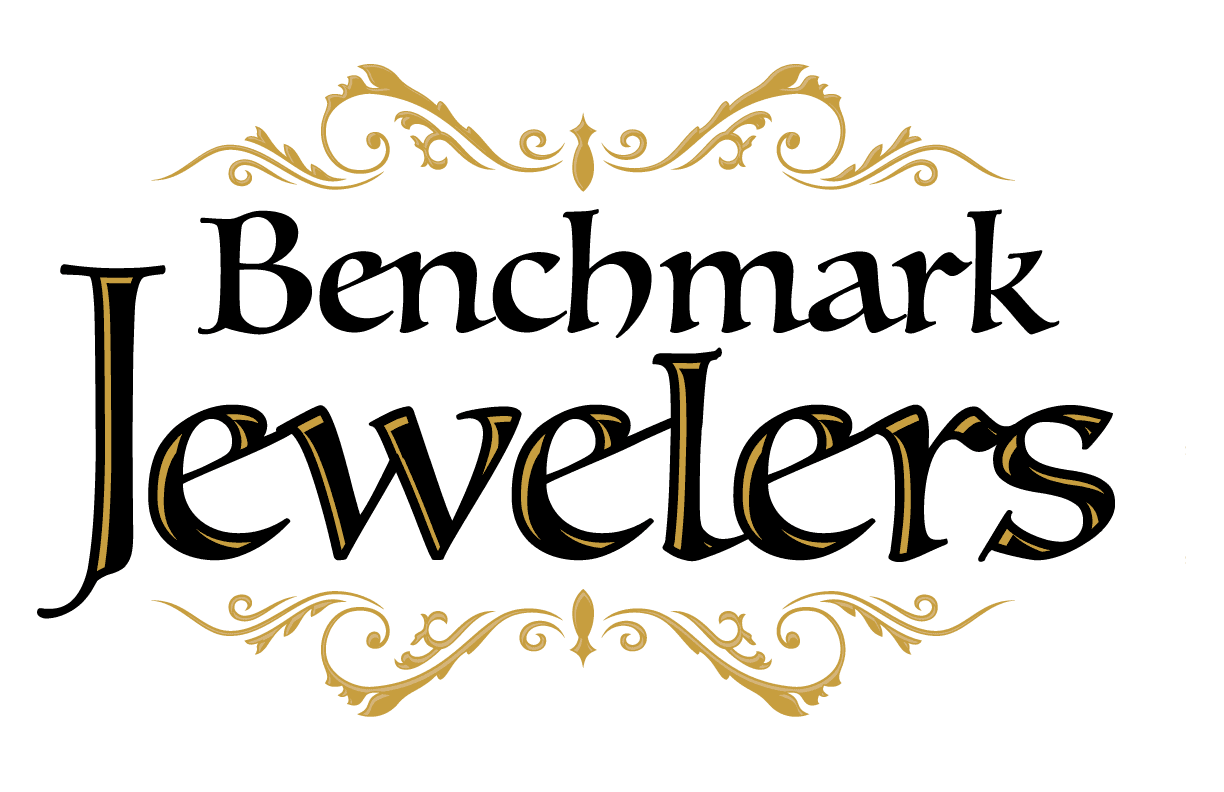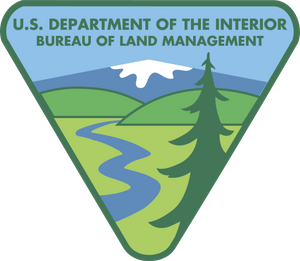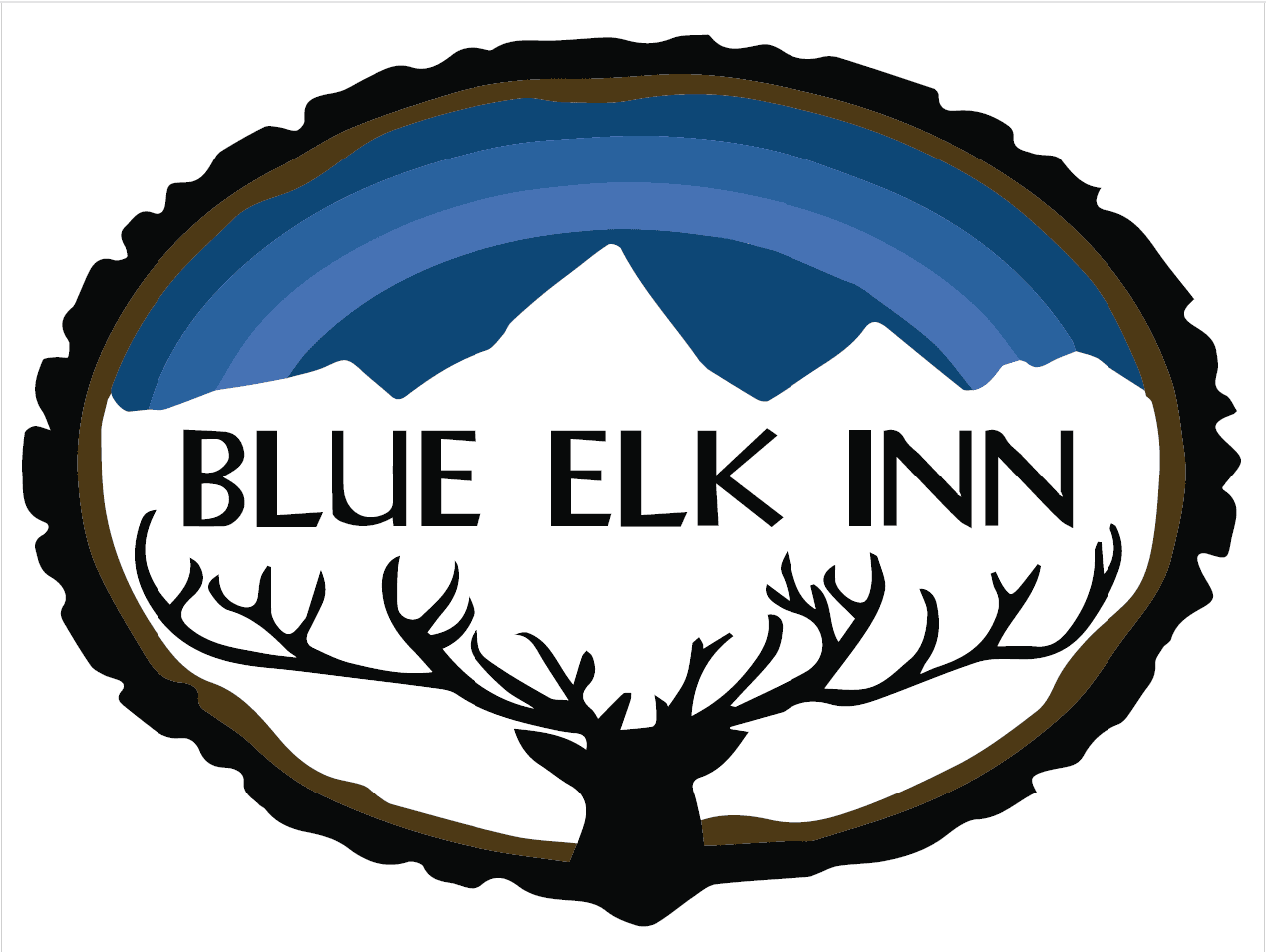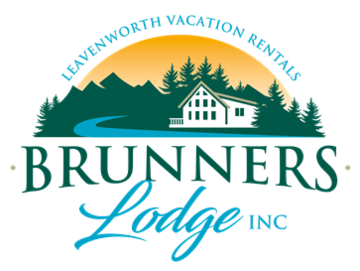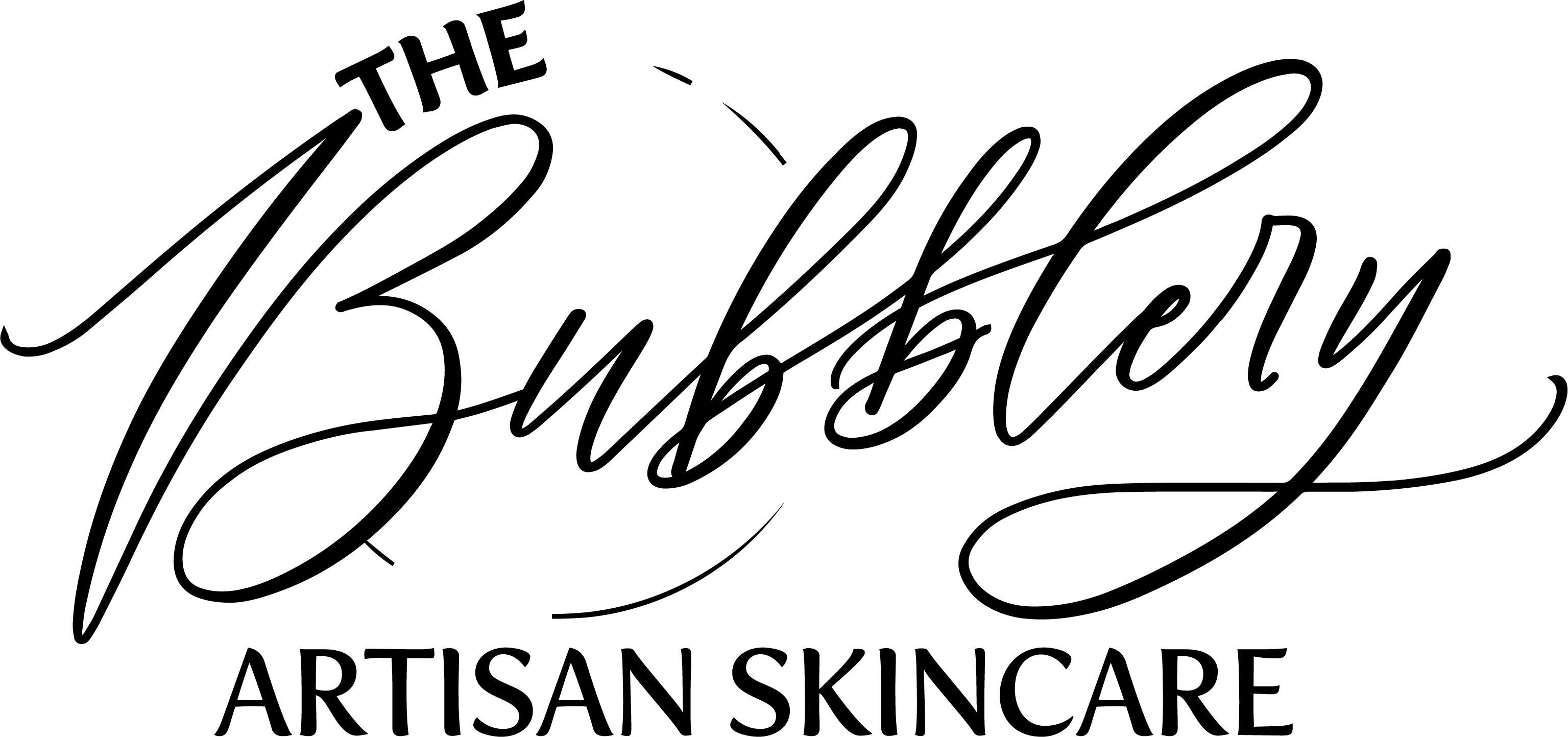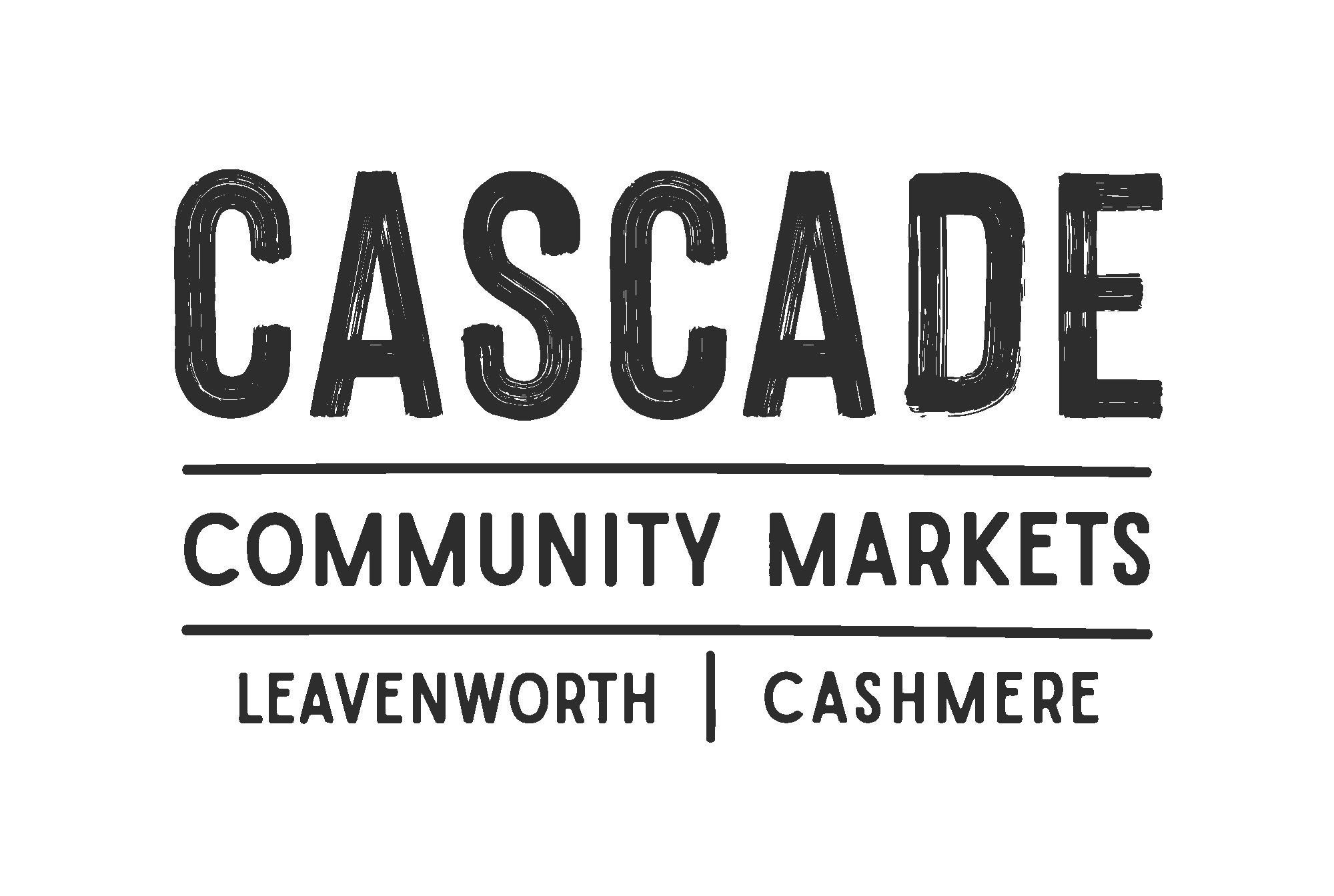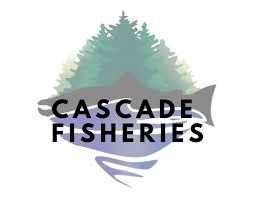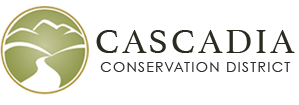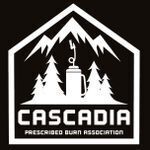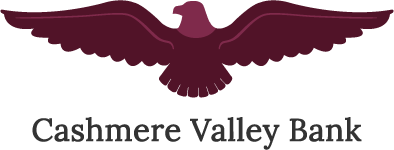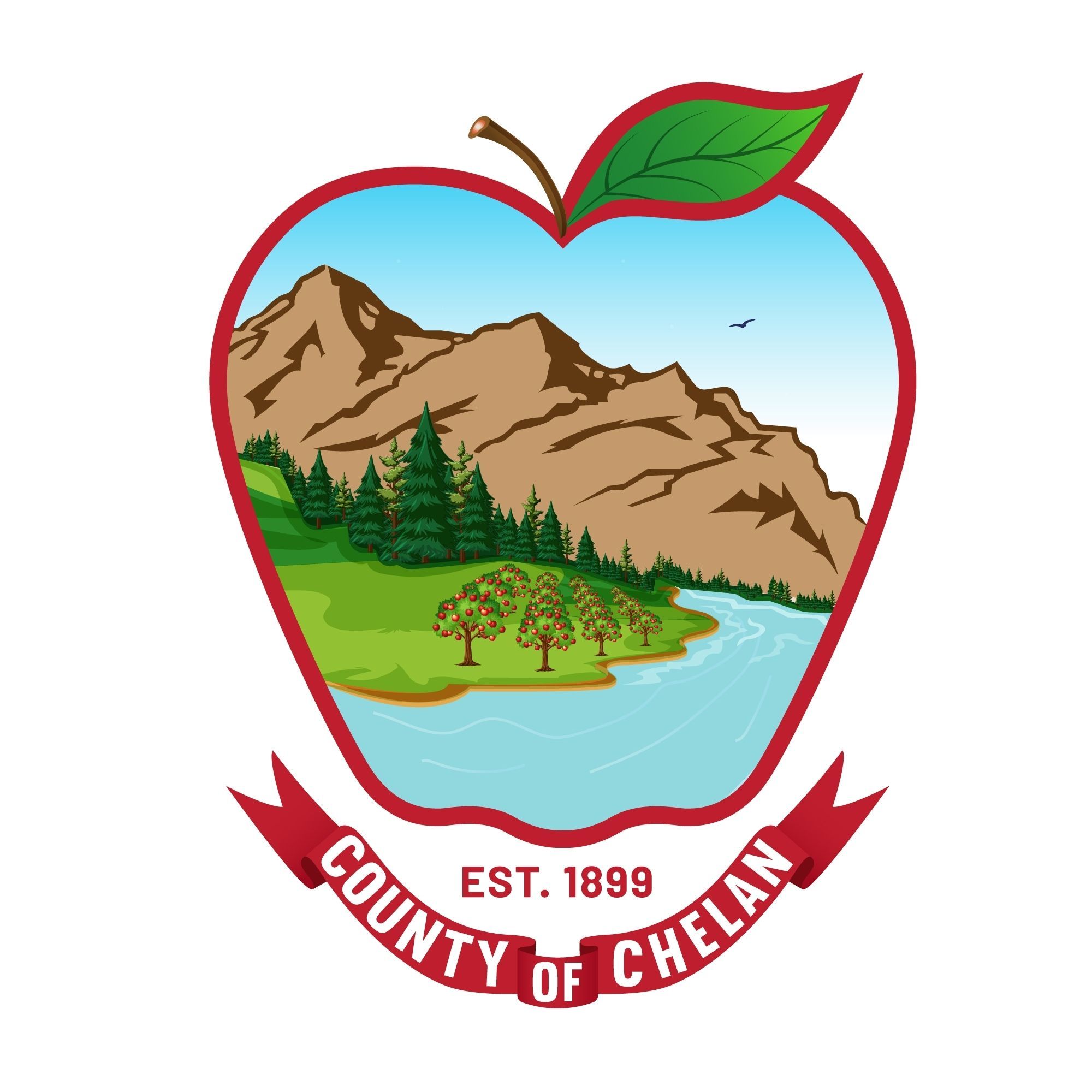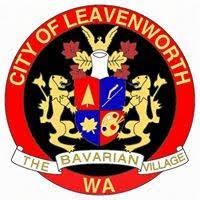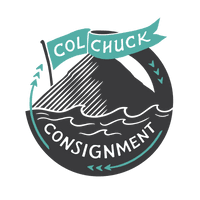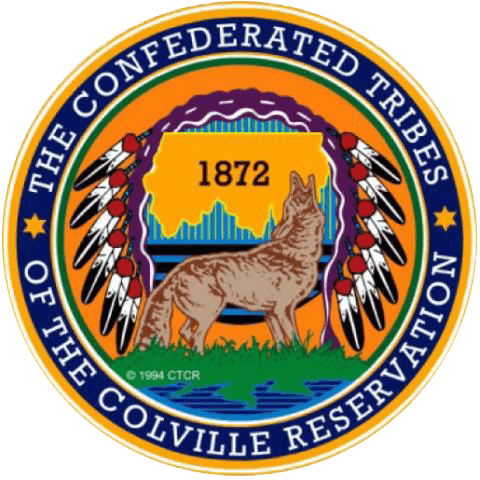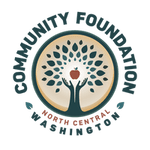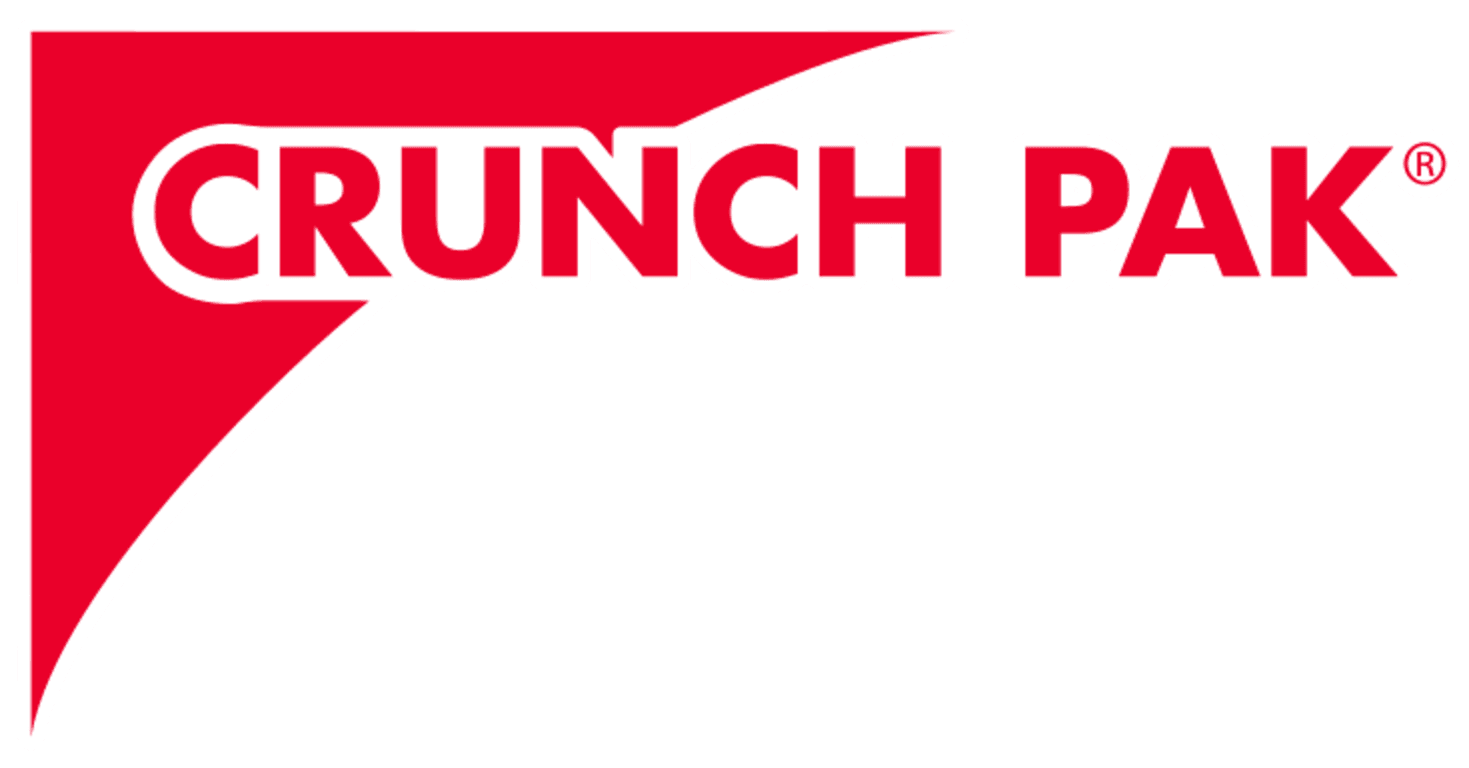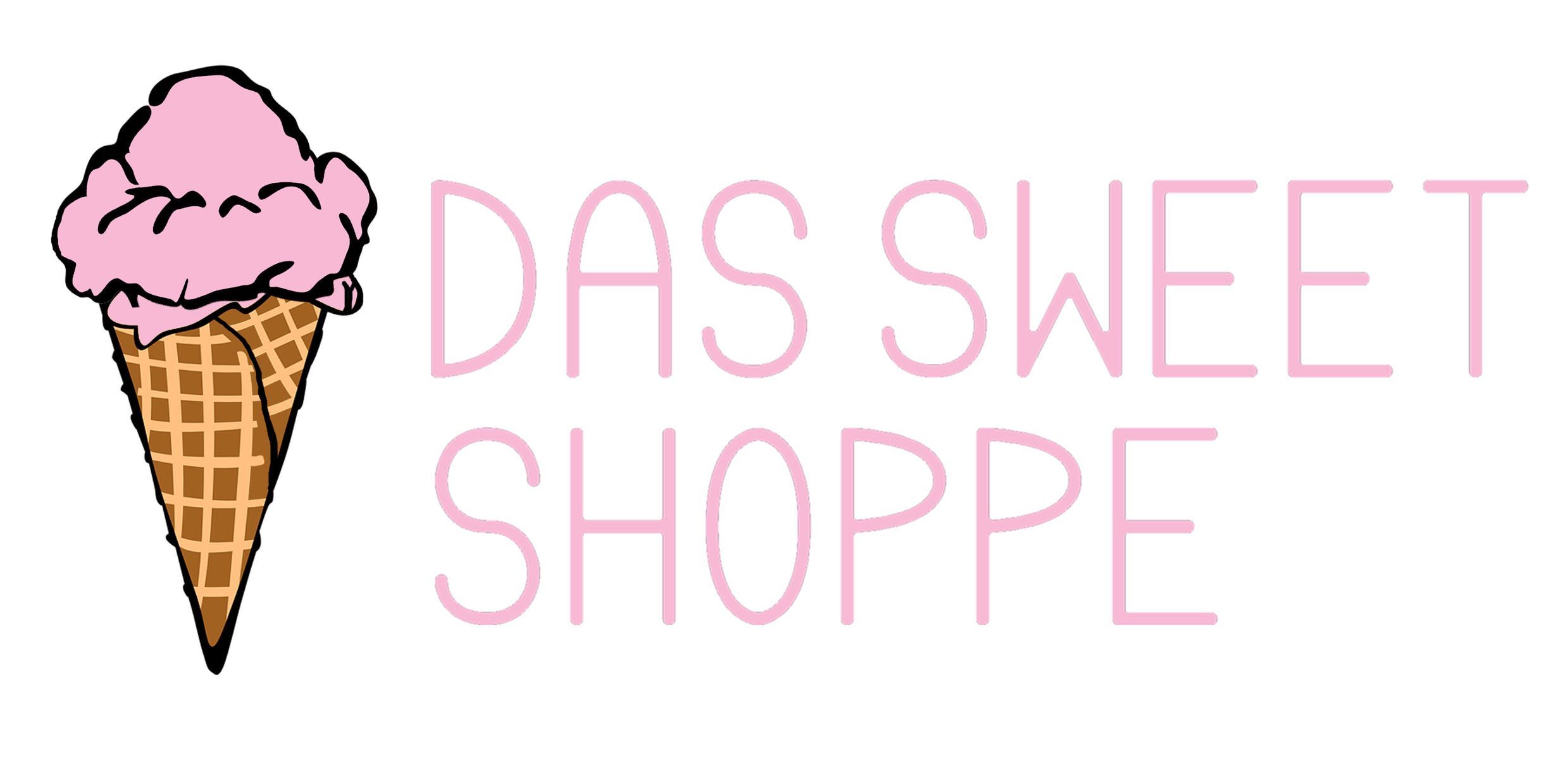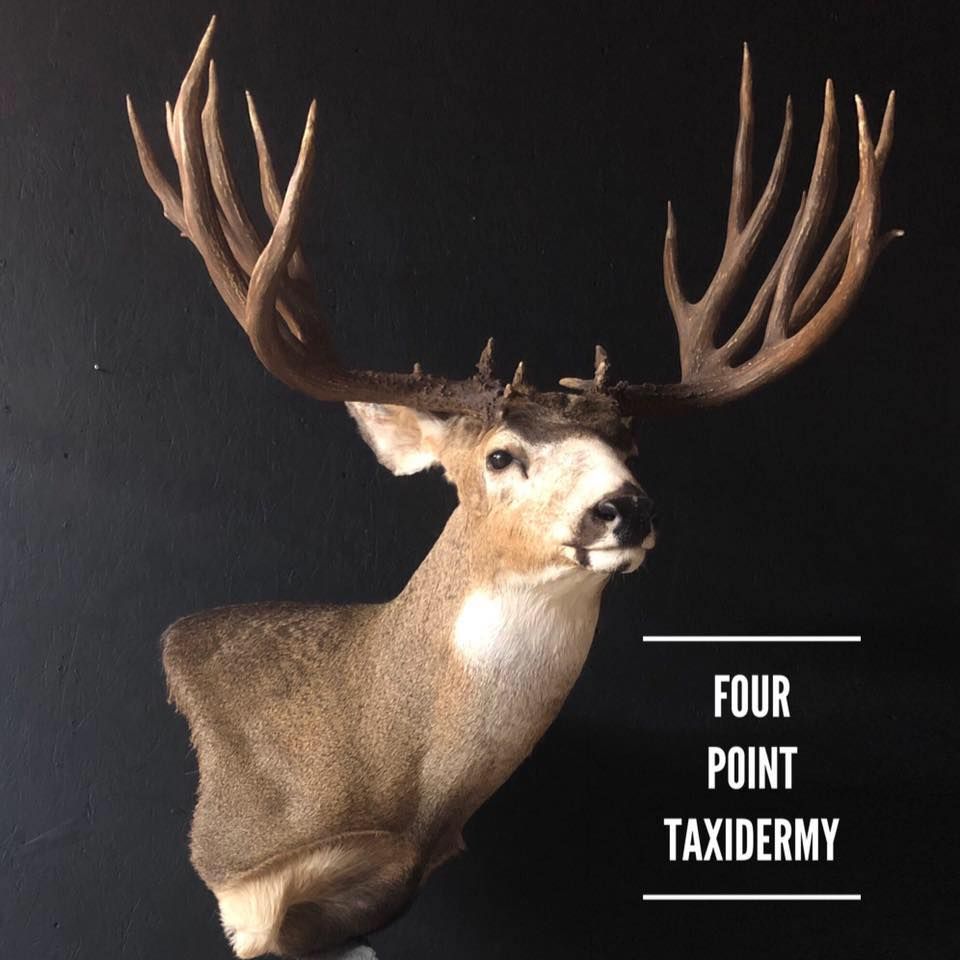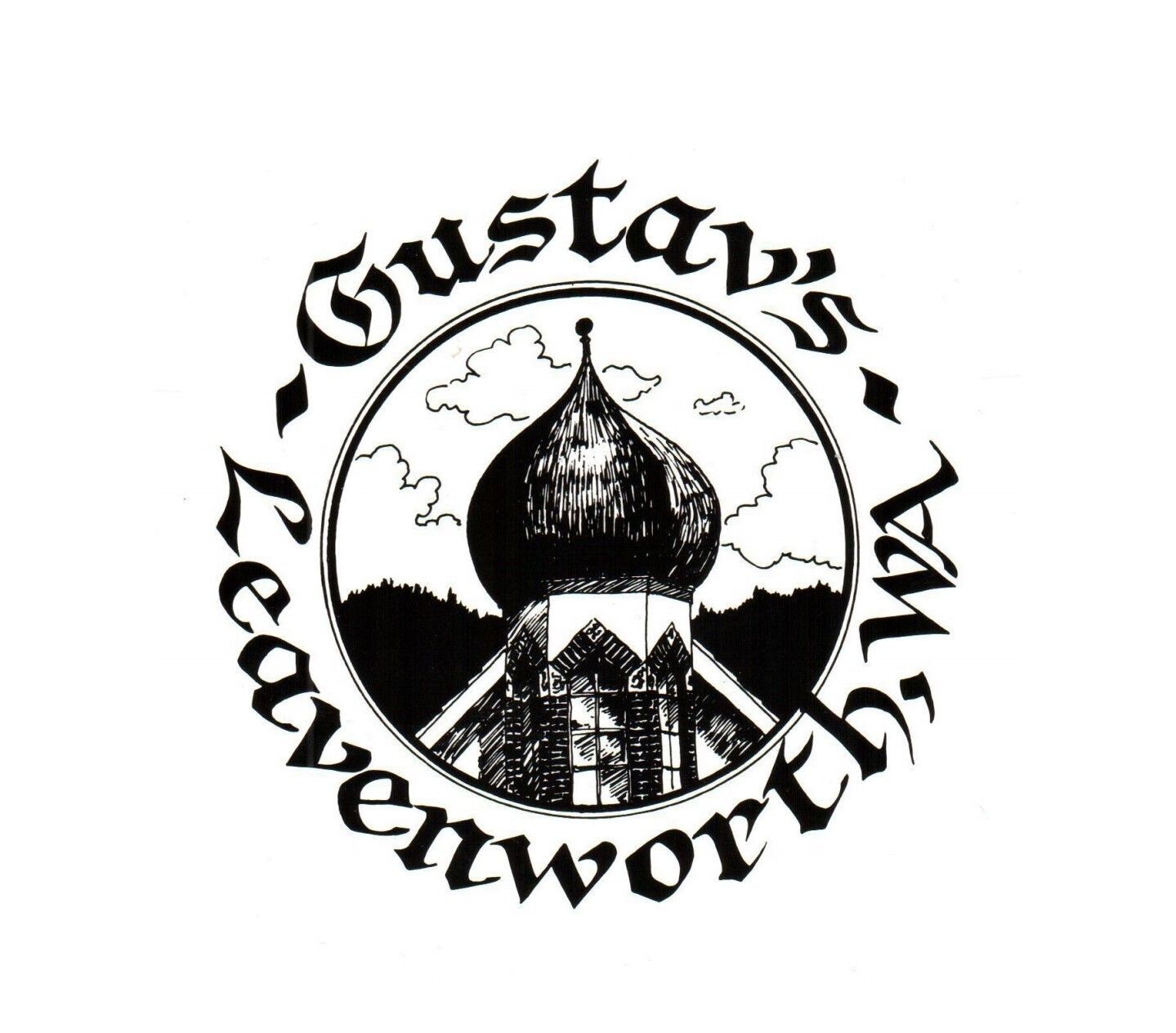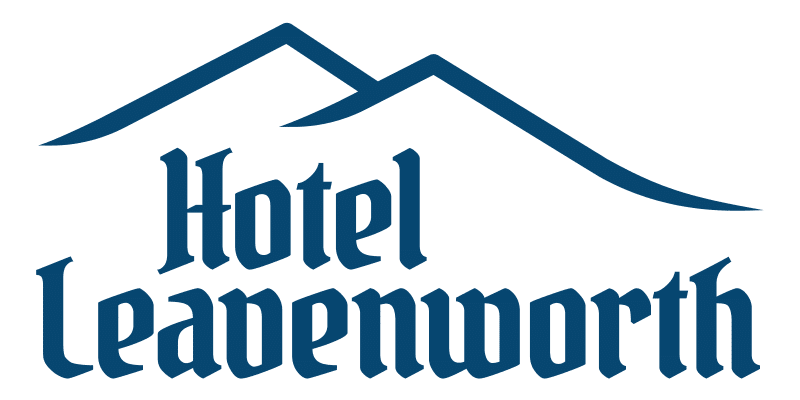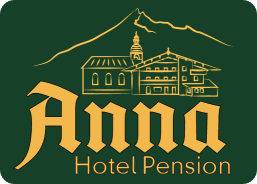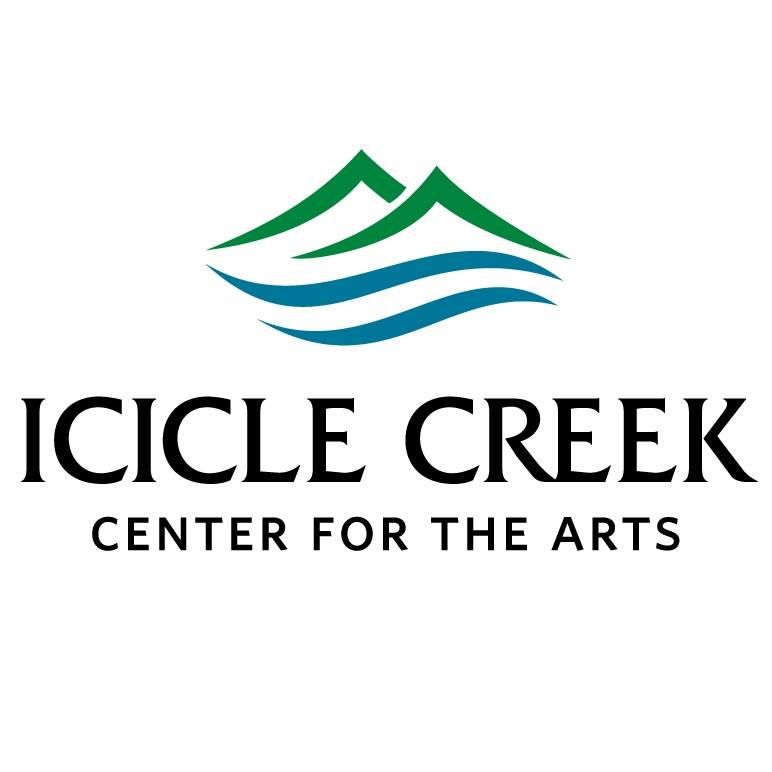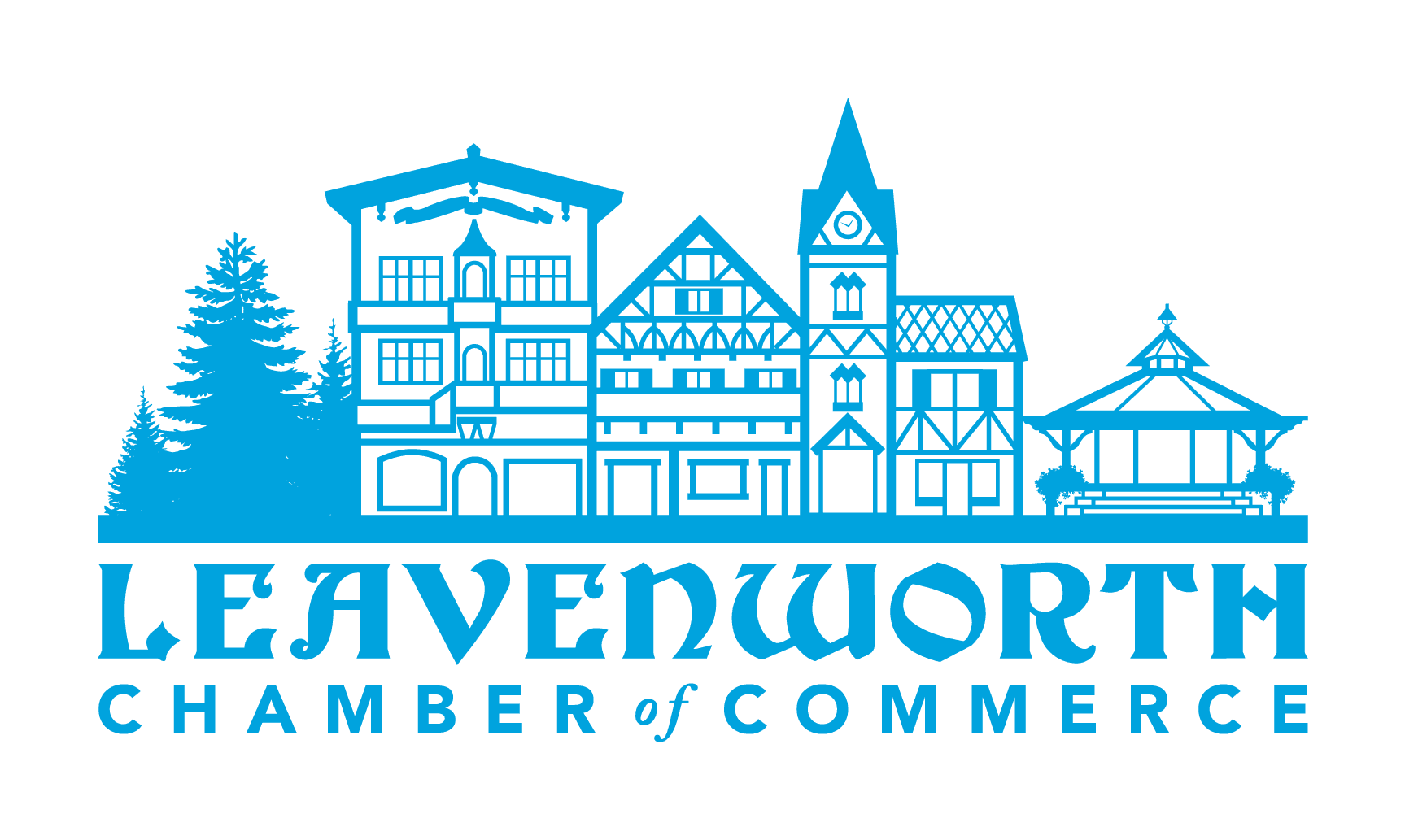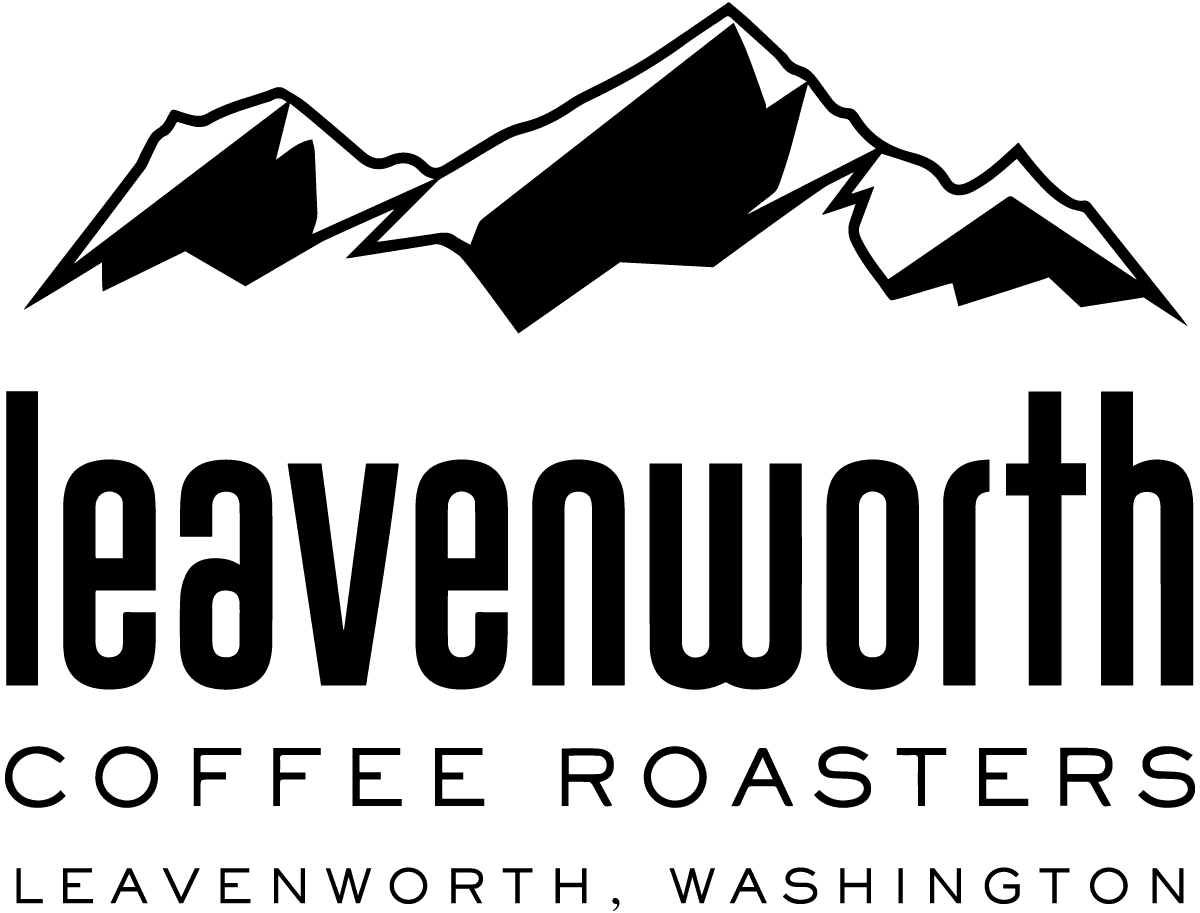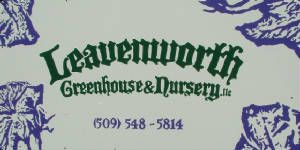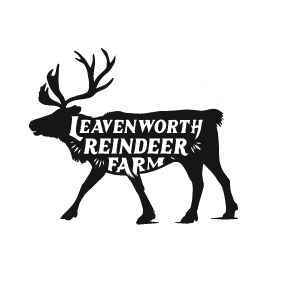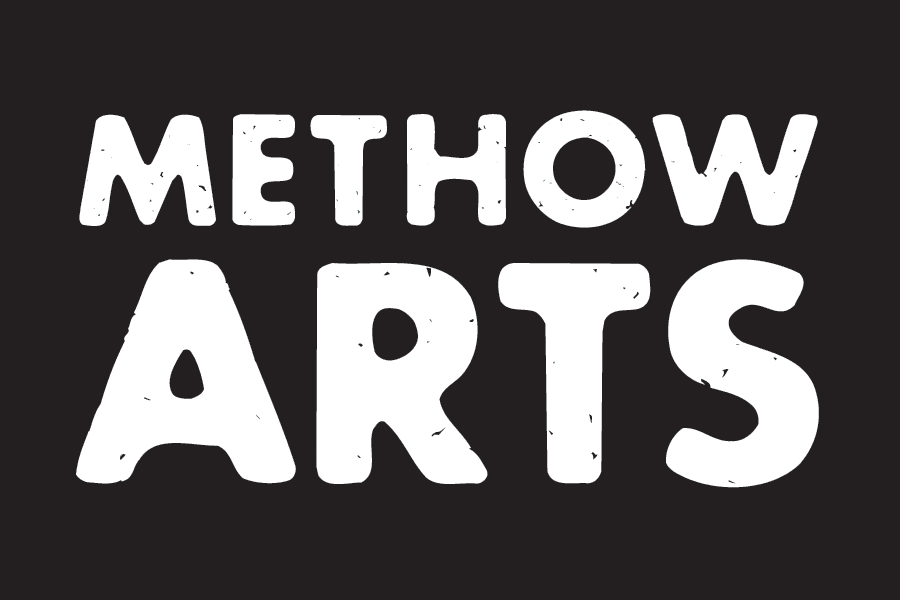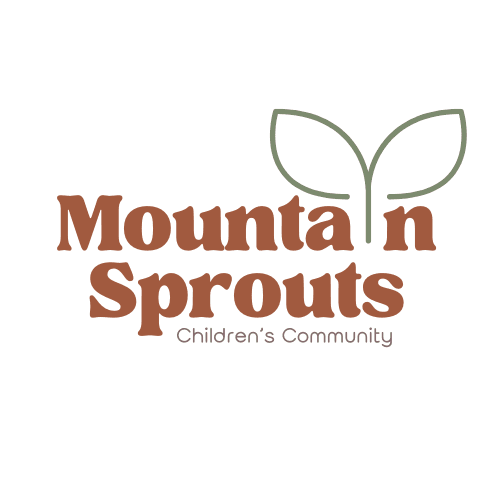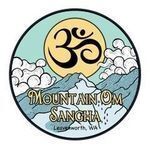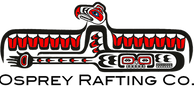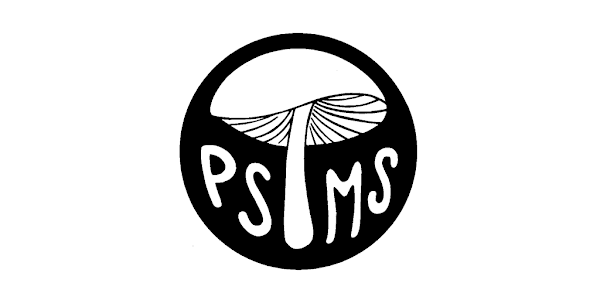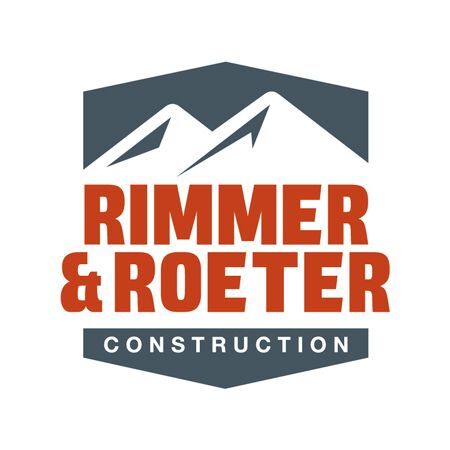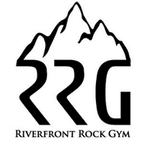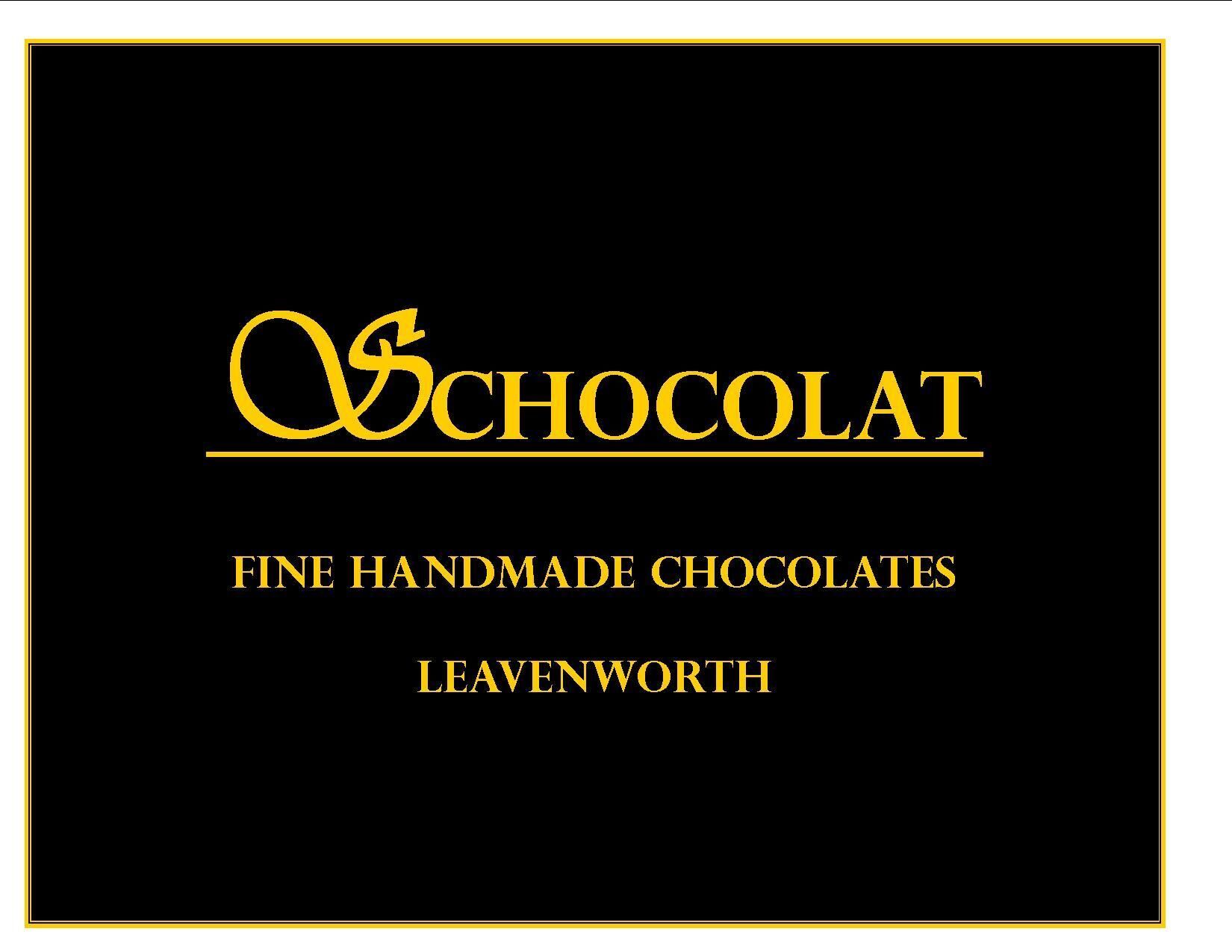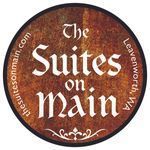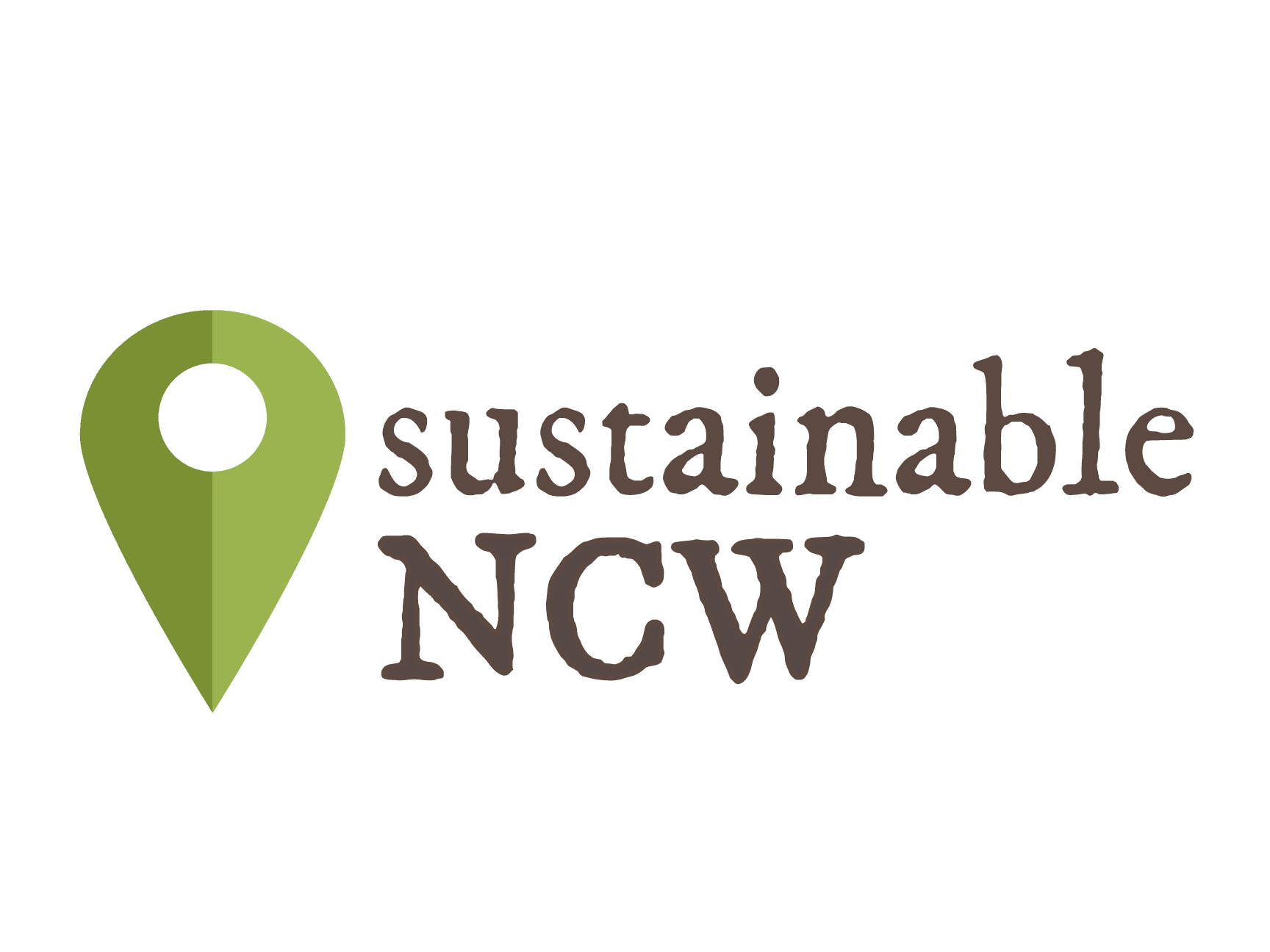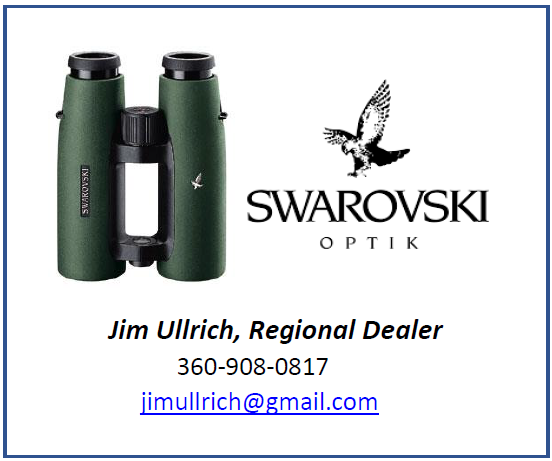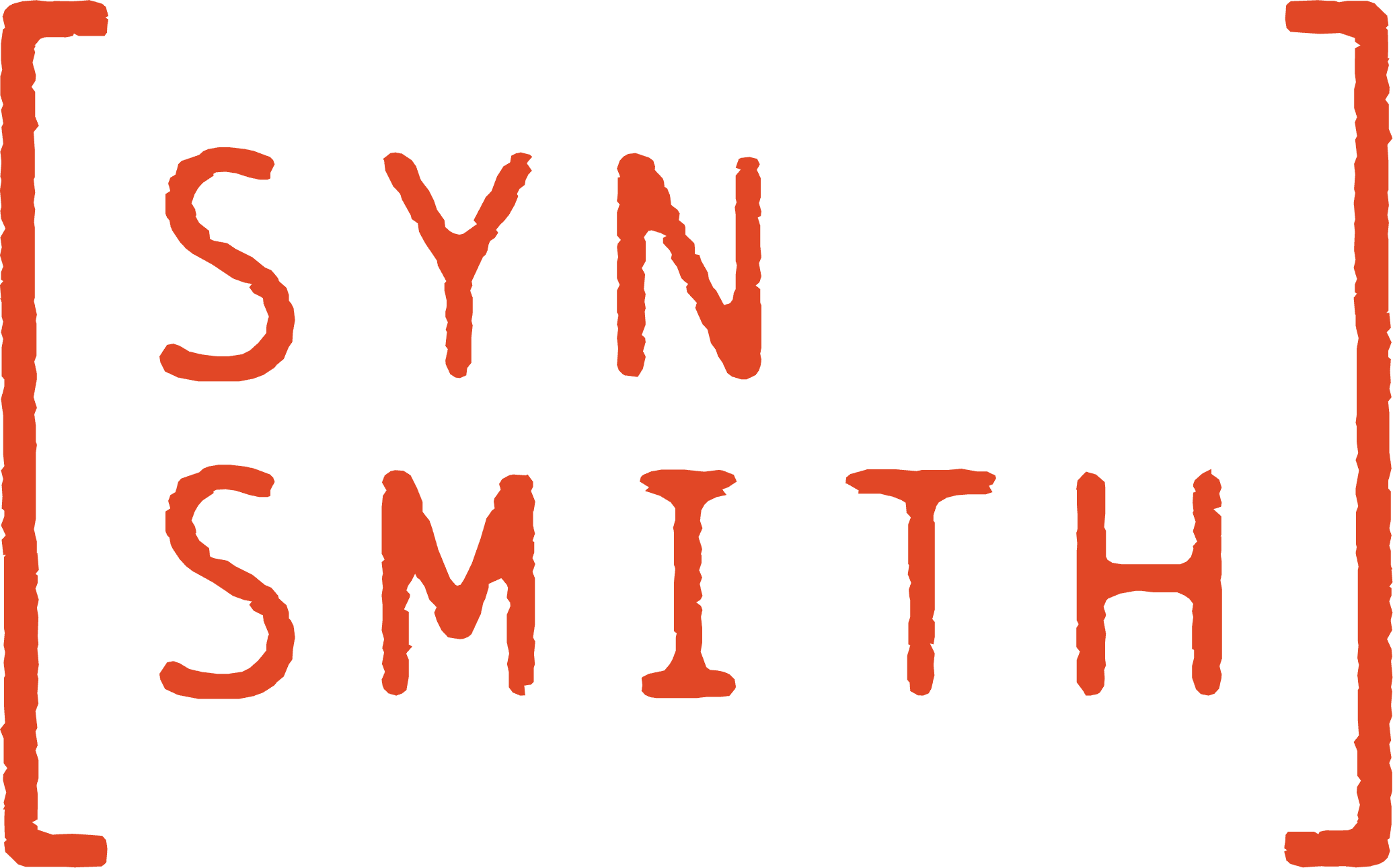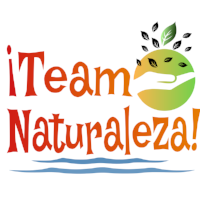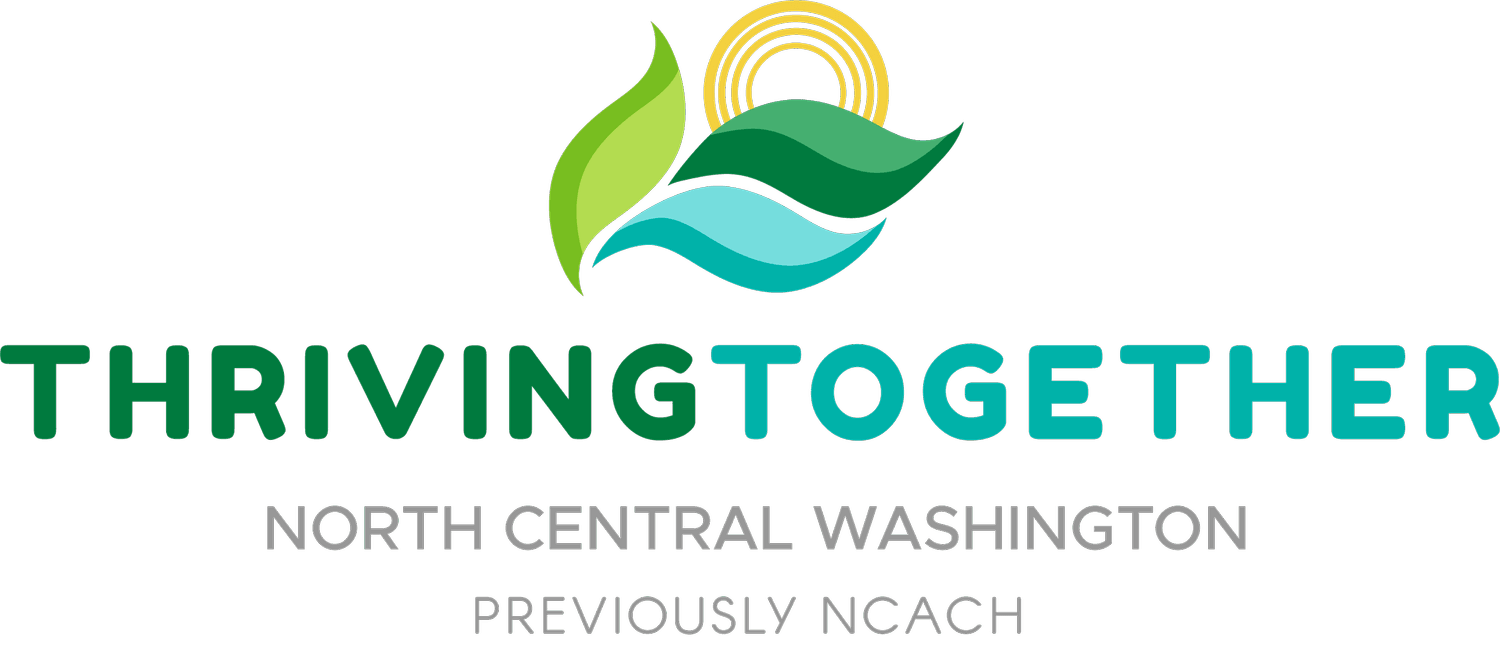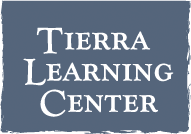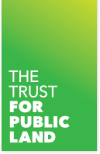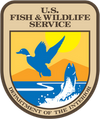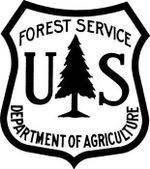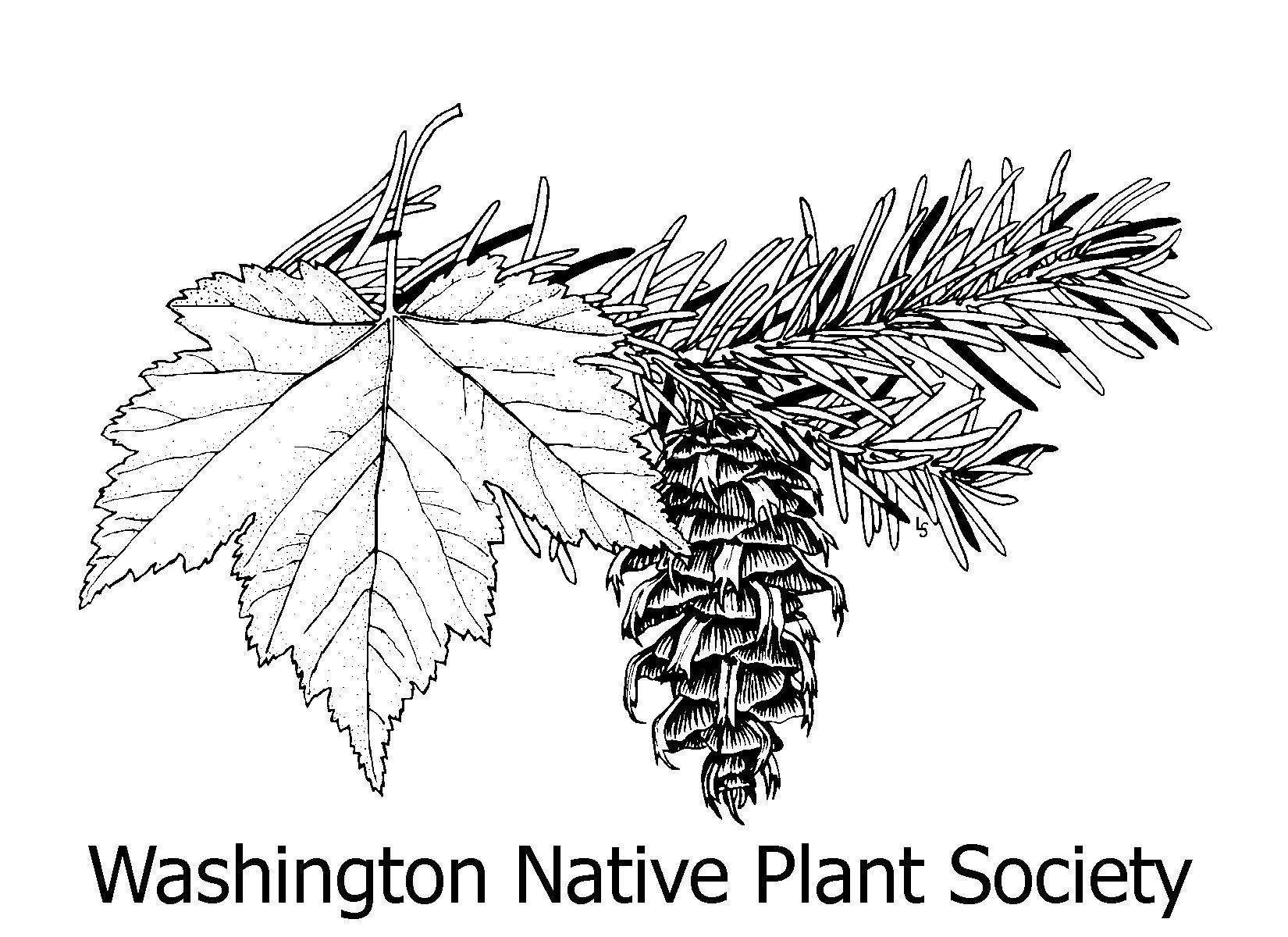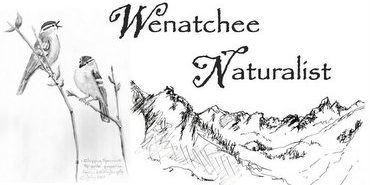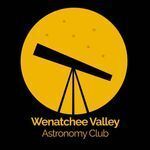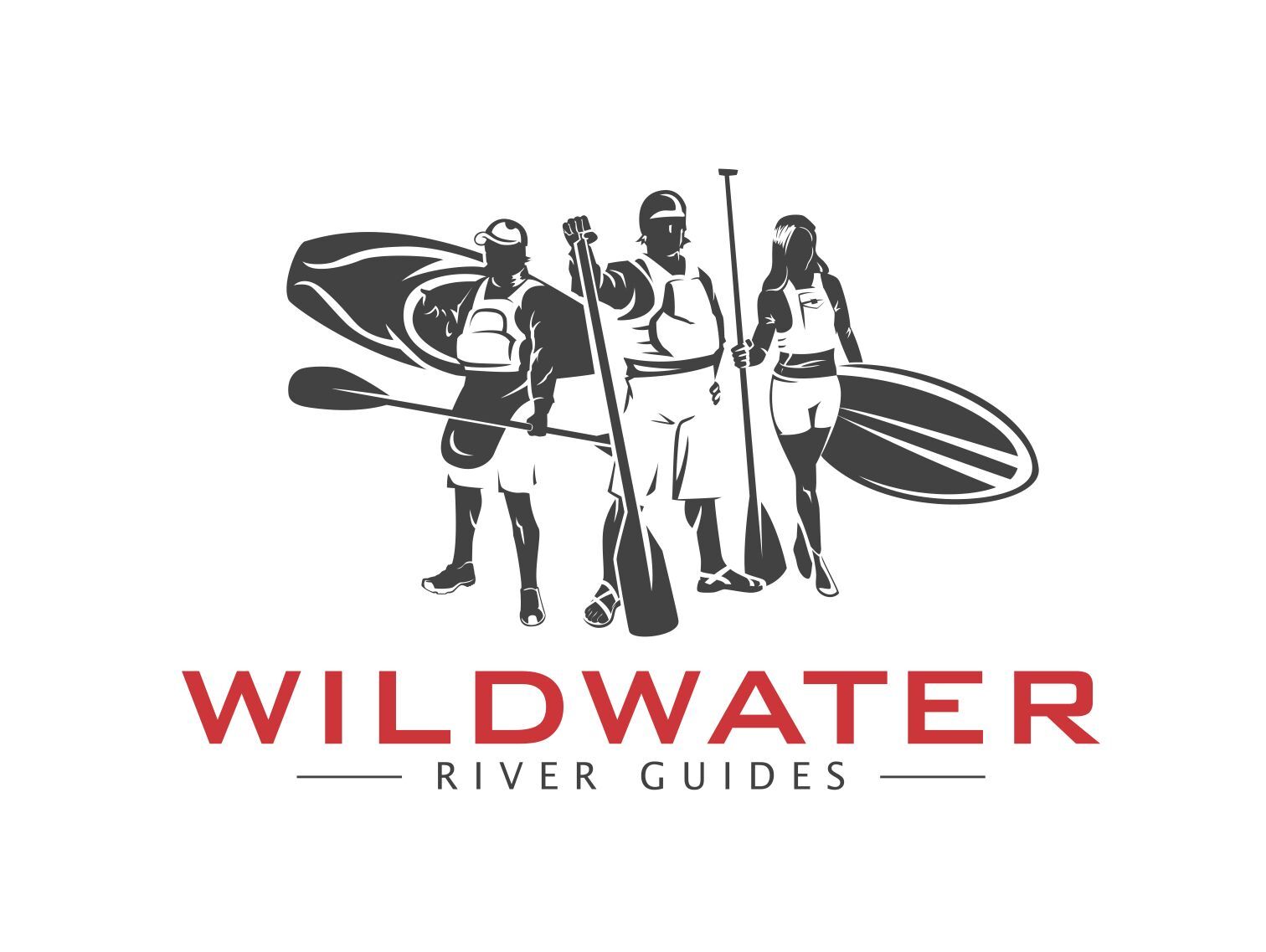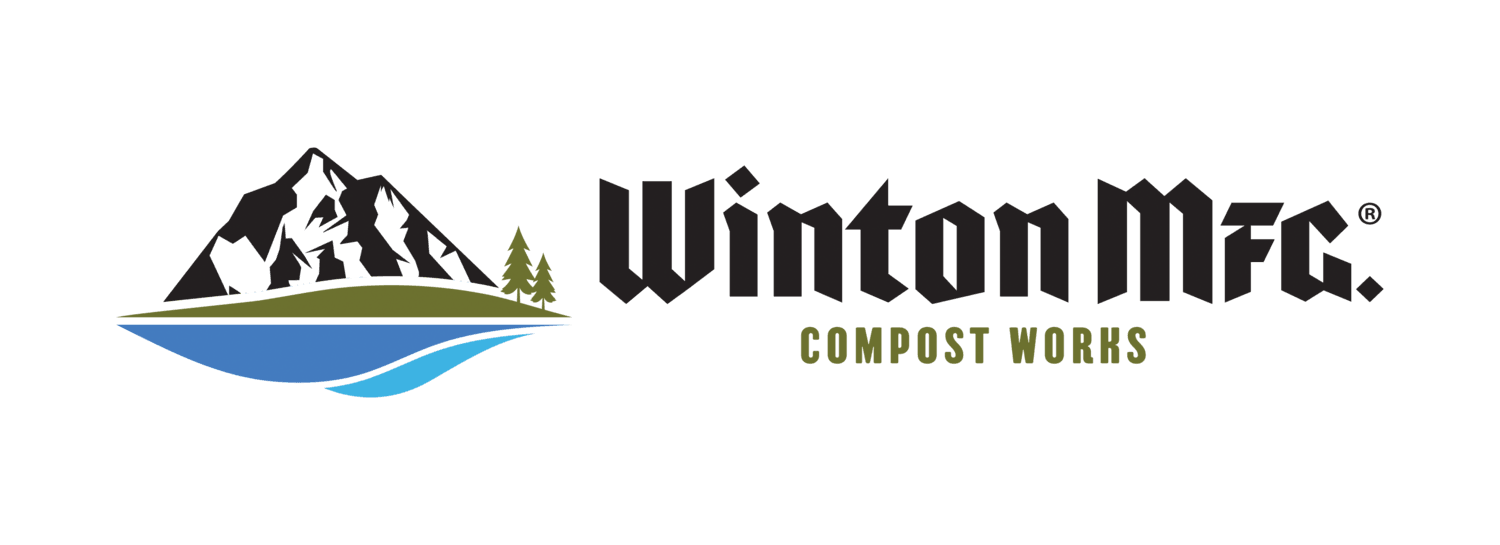Land Acknowledgement
The land Wenatchee River Institute sits on is the ancestral homelands of the šnp̍əšqʷáw̉šəxʷ (p'squosa or Wenatchi) people. We offer a land acknowledgement as the first step to amplifying Indigenous voices and recognizing the harm done to them as a people. We stand as an ally to recognize their connection to the land and their rights to practice their culture on these sacred lands. The Wenatchee River Institute is committed to sharing this land acknowledgment and following up with other actions to educate and be respectful.
To read WRI's full Land Acknowledgement, click here.
Wenatchee River Institute Environmental Learning Center
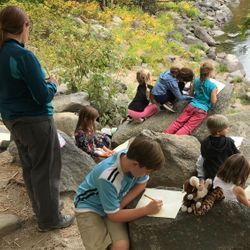
The Wenatchee River Institute is located on a 13-acre nature reserve, just downstream from the confluence of the Wenatchee and Icicle Rivers. On the WRI Campus, there are seven gardens, forest, fields, and trails with with panoramic views of the Wenatchee River and the Stuart Range. See a map of Wenatchee River Institute Campus.
Visitors are always welcome. We are just a short walk from downtown Leavenworth, and a world away from the hustle and bustle of Front Street. Our property and neighboring Enchantment Park protect over 50 acres of diverse habitats ranging from Ponderosa pine forest to riparian habitats.
Want to go birding? Check out a pair of binoculars from WRI for FREE in the River Haus and pick up a Nature Tour Brochure that lists our four eBird hotspots exist on our property. Take a walk around, write down the birds you see, and upload to the site to contribute to the community science project.
Want to learn more about the art on the Wenatchee River Institute campus and hear from the artists themselves? Check out the self-guided audio art tour by Icicle Tours.
The Gardens
Seven different gardens are spaced throughout the Wenatchee River Institute property. Visitors are always welcome to come enjoy them. Self-guided garden walking tours are available at the kiosk in the parking lot or you can find a digital brochure here.
-
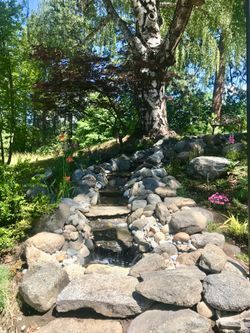
Waterfall GardenTrickling sounds from the waterfall garden greet you when you ascend the stairs from the parking lot. Look closely for birds who often enjoy the brisk waters tucked under the majestic Heritage Birch. This garden rests on the footprint of the original waterfall that greeted guests to the River Haus when it was a bed and breakfast in 1982-2002.
-
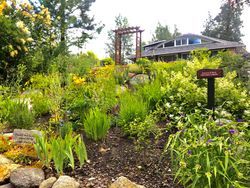
Frances B. Field Memorial GardenFrances and Robert Field purchased this remarkable property in 1921. Frances, an avid gardener, created this garden. It was restored through the hard work of committed volunteers from the Cascade Garden Club. The flowers were selected to replicate those that would have been planted from the 1920s-1950s by Frances. Pose for a photo under the enchanting archway and rest a moment on the bench.
-
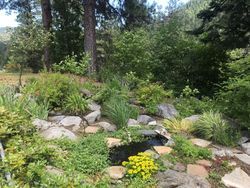
Pond GardenFollow the sounds of the Wenatchee River to the back side of the River Haus and you’ll discover the Pond Garden. Keep your eye out for furry or feathered visitors coming to enjoy a bath or a drink in the tranquil waters. Marmots have even been seen!
-
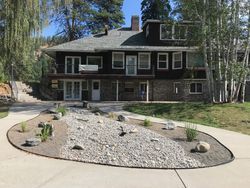
Dry Streambed GardenThis sweet little garden mimics a native streambed after the swift waters from the spring mountain snowmelt has subsided. Bunch grasses, heather and irises all sprout up between the water-polished rocks. Stumps from the native Quaking Aspen tree provide a solid foundation for the two benches.
-
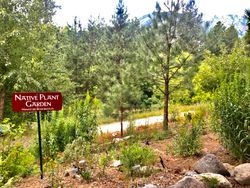
Native Plant GardenNative plants thrive in their local soil and climate, providing important food and habitat for wildlife. This garden space invites you to learn more about the remarkable diversity of the upper Wenatchee watershed. Local fauna such as deer, chickadees and Western Skinks can be found browsing and hiding here. Check your knowledge on the posted plant name cards.
-
Community GardenE. Lorene Young, an early mayor of Leavenworth, donated the land for this garden, and the adjacent little red house, for education and community purposes. Enter the gates and you are immediately struck by the charming artwork surrounding neatly tended community garden plots. Created in 2012 by a group of local volunteers, this garden was revitalized in 2018. An interactive mural by Methow artist Ginger Reddington, invites the imagination on a scavenger hunt. Help yourself to a treat in the public strawberry patch while you search and enjoy this special place.
More information in link. -
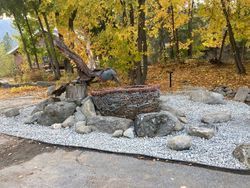
Bird Nest Rock GardenFeel the love from the mother Raven as she watches over her nest. The Bird Nest Rock Garden captures the beauty of natural stone. Ravens often build their nests on rocky cliffs and soar in the thermals above. Here we bring together two locally made art structures, The Raven and The Nest.
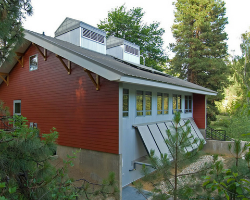
Red Barn Learning Center
Our Red Barn Learning Center is a model of energy efficiency and solar design. With photo-voltaic panels on the roof generating electricity and solar hot water providing heat for radiant floor heating, this building is as much a teaching tool as it is a place to learn.
In the Red Barn, we host youth, adult, and community education programs. It is well appointed to accommodate everything from science labs to art classes, lectures, films, acoustic music performances and more!
Historic River Haus
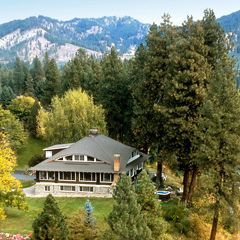
Hand built over a century ago— this unique, iconic, and historic home embodies the history of settlement in the town of Leavenworth. Today the historic building is known as the "River Haus" and is the primary location for the Wenatchee River Institute administrative offices. We also share this space with Upper Valley MEND.
E. Lorene Young Audubon House & Property
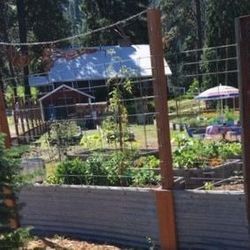
The E. Lorene Young (ELY) Property sits adjacent to our eastern border and was acquired through a partnership with the Chelan-Douglas Land Trust. E. Lorene Young left a legacy by donating her property with the vision that her beautiful 3-acres of waterfront remained undeveloped.
The ELY Audubon House is used primarily as a program space for Mountain Sprouts, a non-profit providing the Upper Valley with outdoor-based early childhood education. The lot north of the ELY Audubon House has become an active Community Garden.

